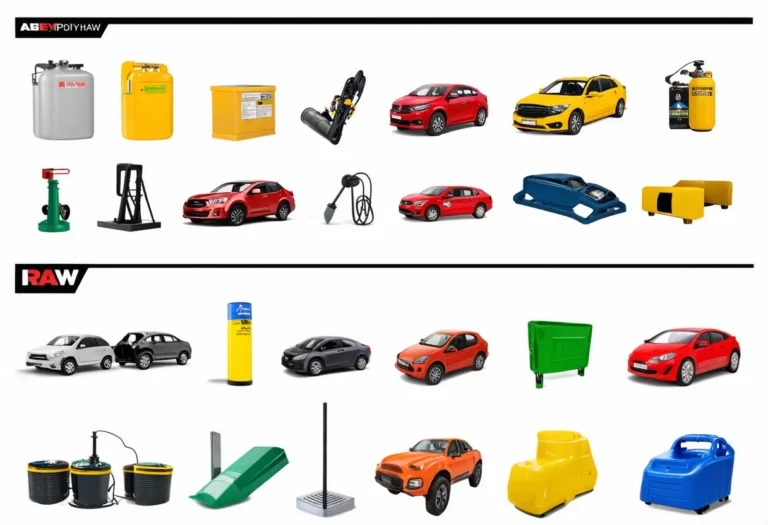Viet Nam, with a population of 98,186,856, is ranked 15th globally, just behind Congo, Dem. Rep. Located in Southeast Asia, it covers 331,340 sq. km, ranking 65th worldwide, just below Finland.
Viet Nam’s economic position in 2022 is notable, with a GDP of $408,802,378,904.838, ranking 35th globally. It follows closely behind Iran, Islamic Republic, with a GDP of $413,493,207,349.265. The GDP per capita in Viet Nam is $4,163.5143, placing it at 119th position worldwide, trailing behind Jordan with a GDP per capita of $4,311.00005.
Despite facing challenges, Viet Nam’s economy continues to show resilience and potential for further growth in the coming years.
What are the economic activities of VietNam?
- Primary activities: 15.3% of GDP.
- Secondary activities: 33.3% of GDP.
- Tertiary activities: 51.3% of GDP.

Primary Sector of VietNam
Vietnam’s primary sector, focused on agriculture, thrives due to its diverse climate and abundant natural resources. With 39.43% of the country’s land dedicated to agriculture, Vietnam produces a variety of crops and animal products. The top ten agricultural products include rice, vegetables, sugarcane, cassava, maize, pork, fruits, bananas, coffee, and coconuts.
Despite contributing 15.3% to the GDP, agriculture plays a crucial role in providing employment and sustaining rural livelihoods. The sector’s significance lies in the variety and quality of products, showcasing the country’s agricultural prowess.
Vietnam’s diverse geology provides a rich array of natural resources. Antimony, phosphates, coal, manganese, rare earth elements, bauxite, chromate, oil and gas deposits, timber, hydropower, and arable land drive its economy.
Vietnam’s oil production of around 182,146 barrels per day places it at the 22nd position in the world ranking. With oil reserves of 4.4 billion barrels, the country holds approximately 0.26% of the world’s oil reserves.
Vietnam’s gas production of 9.89 billion m³ in 2020 ranks it 43rd in the world, contributing significantly to its economic activity.
Secondary Sector of VietNam
What is the secondary sector or what are secondary activities?
The secondary sector comprises industries that transform raw materials into finished products. In Vietnam, key industrial products include food processing, garments, shoes, machine-building, coal, steel, cement, chemical fertilizer, glass, tires, oil, and mobile phones. These products are manufactured for domestic consumption and export, contributing significantly to the country’s economy.
In 2023, Vietnam’s manufactures exports accounted for only a small percentage of the country’s total exports, indicating their relatively low significance in driving the economy.
Tertiary sector of VietNam
What is the tertiary sector or what are tertiary activities?
The tertiary sector in Vietnam encompasses various services that enhance productivity and meet needs. Key activities include restaurants, healthcare, education, banking, communication, media, tourism, transportation, and security services. These sectors play a crucial role in the country’s economic development and growth.
Notably, Vietnam’s economy greatly benefits from tourism, contributing significantly to its GDP. With 18,009,000 annual arrivals and a ratio of 0.1834 tourists per capita, popular destinations like Ha Long Bay and Hoi An attract visitors worldwide, boosting local businesses and employment opportunities.
Another example of tertiary economic activity is the mobile cellular sector, with 137 million subscriptions, enhancing connectivity and supporting technological growth. This infrastructure fosters innovation and digital services.
International Trade of VietNam
Import Activities of VietNam

Vietnam’s high import activities, accounting for 91.74% of GDP in 2023, signify its reliance on foreign goods for economic growth.
Vietnam’s key import activities include sourcing integrated circuits, broadcasting equipment, refined petroleum, telephones, and fabric. The country’s top import partners are China (38%), South Korea (17%), Japan (5%), Taiwan (4%), and Thailand (4%).
Exports Activities of VietNam

Vietnam’s total exports in 2023 reached $384.22 billion, accounting for 93.99% of its GDP. With such a high percentage, export activities play a crucial and significant role in driving the country’s economy.
Vietnam’s export activities focus on broadcasting equipment, garments, telephones, integrated circuits, and machine parts. The country’s top export partners are the US (29%), China (15%), South Korea (6%), Japan (6%), and Hong Kong (3%).
VietNam economy challenges in 2024
Vietnam faces challenges in 2024 with ongoing systemic corruption, disparities in poverty among ethnic minorities, and the need to sustain rapid economic growth while addressing environmental concerns.




Leave a Reply